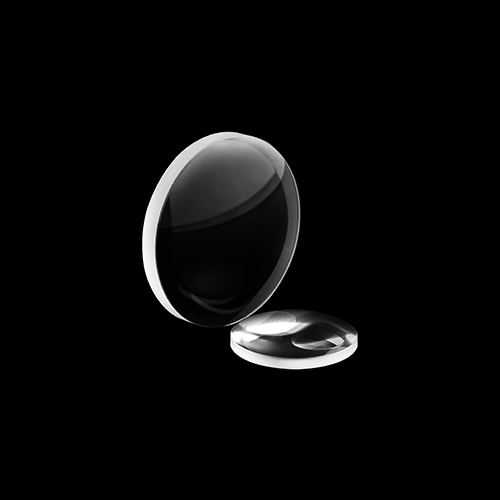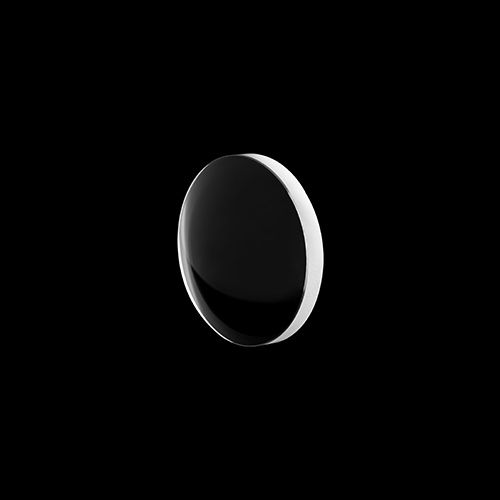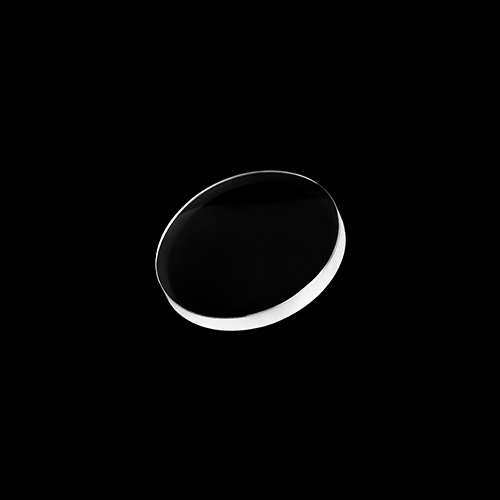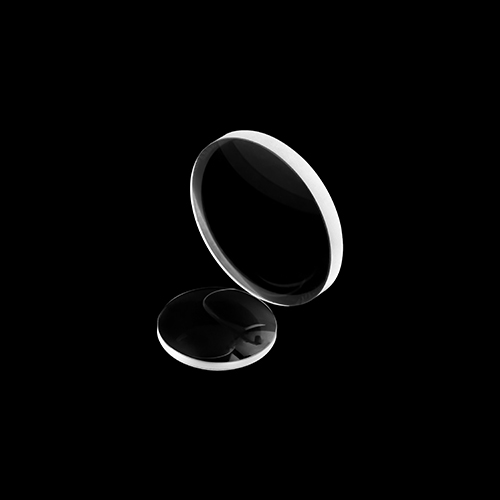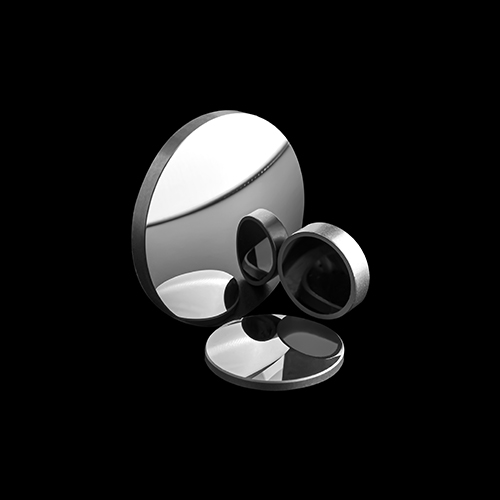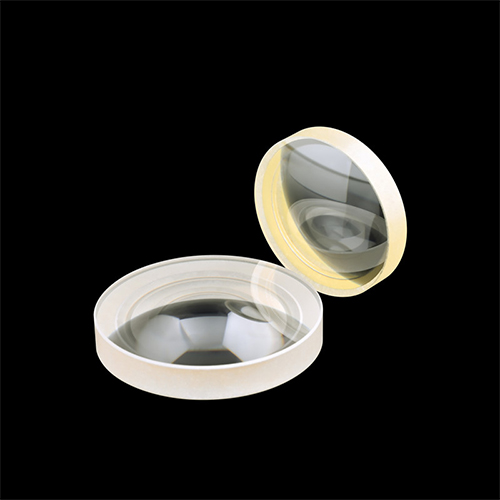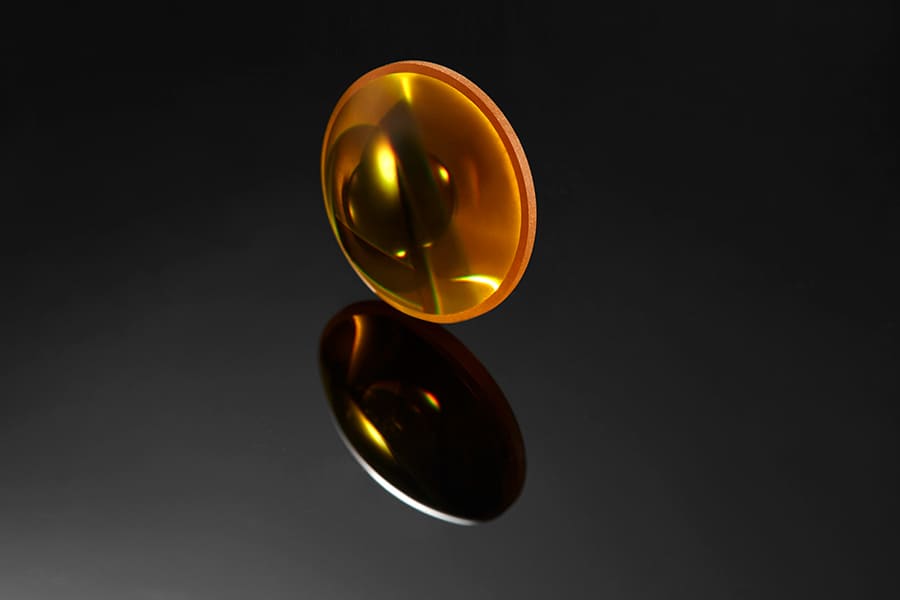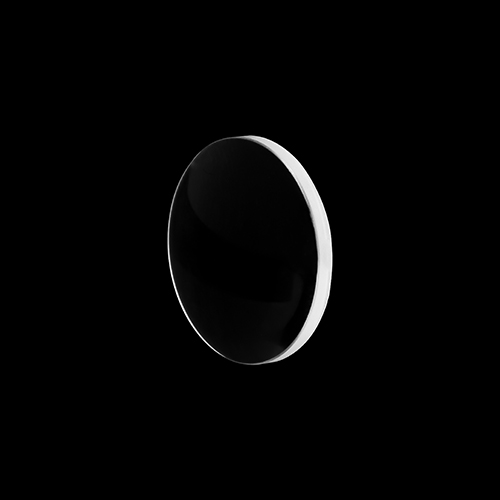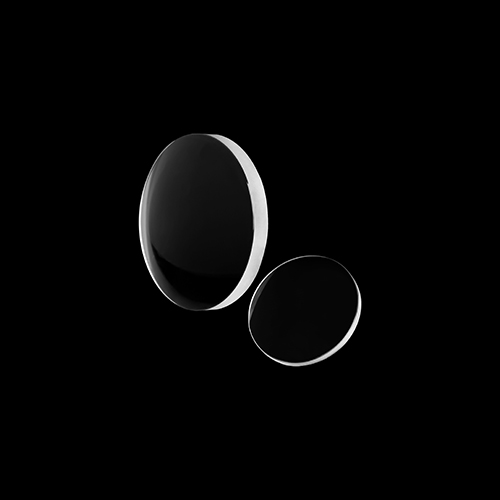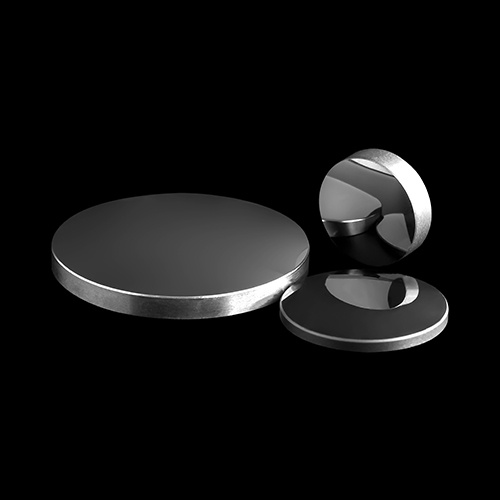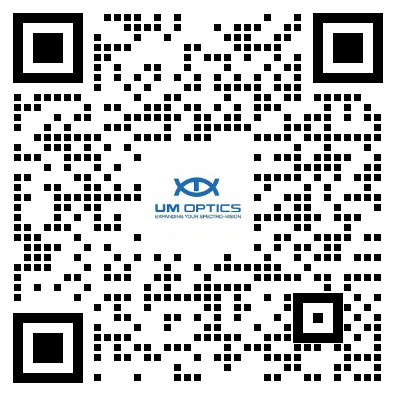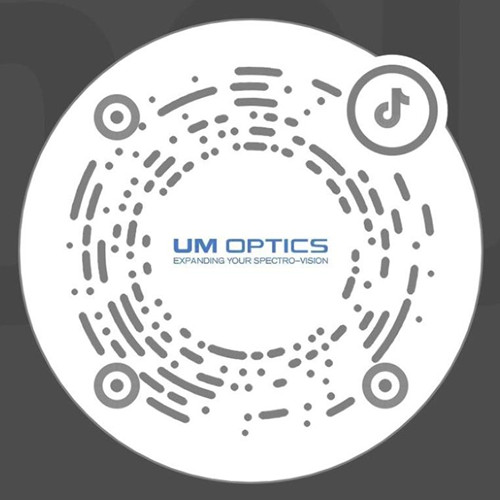The meniscus lens is a kind of lens with aspheric shape. Its materials include K9 glass, fused silica, zinc selenide, zinc sulfide, germanium, silicon, lithium fluoride, magnesium fluoride, calcium fluoride, barium fluoride and other optical materials. What are the imaging characteristics of the meniscus lens? Let's take a look together!
Characteristics of concave convex lenses
A crescent lens is a special type of lens that has an outer convex mirror and an inner concave mirror, giving the lens a crescent shaped appearance as a whole. This structure gives the crescent lens unique properties during imaging.
Positive and negative focal length
The crescent lens can be positive or negative, that is, based on the relationship between the center thickness and edge thickness of the lens, the positive or negative focal length of the lens can be determined. A lens with a center thickness greater than the edge thickness is generally a positive crescent lens, while a lens with a center thickness less than the edge thickness is a negative crescent lens.
Minimize ball deviation
The design of a crescent lens is used to minimize spherical aberration, which can increase the numerical aperture (NA) of the system without introducing significant spherical aberration. This enables the crescent lens to provide clearer and more accurate images in imaging systems.
Correcting Differences and Color Differences
The crescent lens has the ability to correct phase and color differences, which can improve the clarity and color reproduction of images to a certain extent.
Spotlight effect
The crescent lens can serve as a spotlight for lighting systems, concentrating light into specific areas to improve brightness and uniformity of illumination.
The above is an answer to the imaging characteristics of crescent lenses. We hope it is helpful to you. If you have any questions, please feel free to consult online or leave a message.

